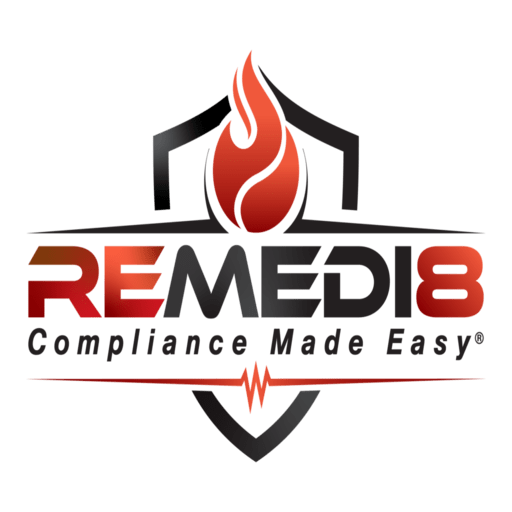Now Available!
We’re thrilled to announce the launch of “FM After Hours”, your ultimate podcast for all things facilities management! Whether you’re a seasoned pro or new to the field, you’re going to love what we have in store for you.
Join Mickey Eberts, Kirk Kaiser, Art Huber and Danielle Young as they guide you through the ins and outs of facilities management. From navigating the complexities of Joint Commission surveys to hearing from a diverse array of guests within the facility management world, “FM After Hours” covers it all. Expect valuable insights, practical tips, and a bit of fun along the way.
Where Can You Find the Podcast?
Stay Connected!
So, grab your favorite beverage, find a comfy spot, and join us on “FM After Hours”. We can’t wait to share these conversations with you!
Episode #1
“Meet Your Hosts: Exploring the Drive Behind Our Podcast”
Episode #2
“Developing a Roadmap for a Successful TJC Survey”
Episode #3
“Insourcing vs. Outsourcing: The Great FM Showdown”
Episode #7
“The Staffing Blueprint, part II”
Episode #8
“Deck the Halls(and Inspect Them Too!)”
Don’t forget to subscribe and leave a review on your favorite platform! Your feedback is invaluable and helps us bring you the best content possible.
A huge shoutout to REMEDI8® and Grainger for sponsoring our podcast and helping us bring you top-notch content every episode.
